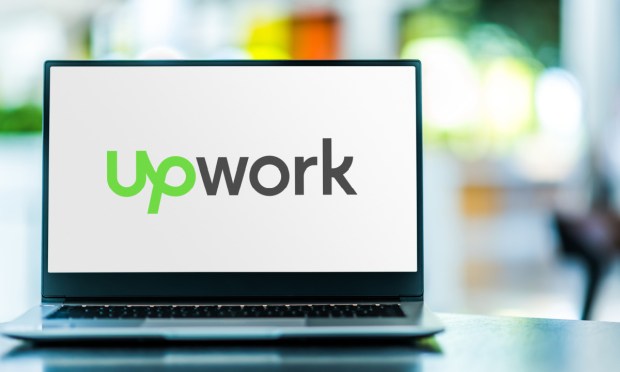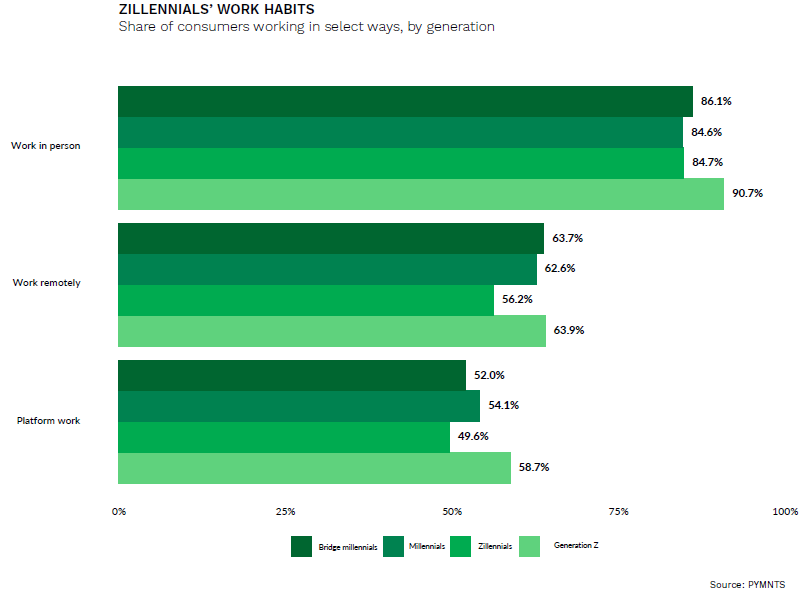Upwork Taps AI to Enhance Platform as Zillennials Avoid Gig Work

Work marketplace Upwork says it has made significant strides in its goal to establish itself as the go-to platform for “AI-empowered” independent professionals while improving its core product experiences and capabilities to streamline connections between professionals and clients.
Speaking to analysts on the company’s third-quarter earnings call on Tuesday (Nov. 7), Upwork President and CEO Hayden Brown said a major focus for the firm has been “bringing AI-enabled experiences and work to clients and talent, and engaging in valuable new partnerships that will deliver differentiated tools and resources to our customers.”
These include enhancing its AI Services hub, which Brown said has seen a 10-fold surge in average monthly visitors since its Q2 launch. She further highlighted the recent extension of the hub with a new suite of generative AI apps that provide specially crafted educational content for freelancers.
The gig worker company has also unveiled Upwork Chat Pro, a new generative artificial intelligence (AI) app embedded directly into Upwork’s platform. The GPT-4-powered tool is designed to leverage insights about independent professionals on Upwork to provide context-specific responses and recommendations.
According to Brown, “with these initial steps, Upwork is progressing on our goal to be the next-generation platform for professionals and clients to get work done in the most advanced and efficient ways possible.”
The company’s overall Q3 financial performance was robust, with revenue increasing 11% from the previous year to reach $175.7 million. In terms of enterprise growth, Upwork signed 23 new enterprise clients in the third quarter, including major firms like Dropbox and Moderna.
On the downside, the firm highlighted the challenges posed by the macroeconomic environment in Q3, with CFO Erica Gessert describing it as “uneven” from month to month. She noted that these external macro trends are influencing customer behavior, especially in the enterprise sector, where there’s a cautious approach in spending.
Brown also acknowledged the macroeconomic impacts on client behavior, leading to new clients taking more time to increase their spending compared to a few years ago. Despite these challenges, however, she pointed to the 10% increase in hours per contract as an indication that “there is strong robust growth happening on the platform.”
Half of Zillennials Shun Gig Platform Work
While gig work platforms like Upwork have experienced a surge in popularity over the years, they haven’t won over every consumer.

As noted in a PYMNTS Intelligence study, zillennials — the 30 million consumers born between 1990 and 2000 — are more hesitant than other younger generations to embrace platform gigs or work remotely.
Specifically, the study reveals that half of individuals in this bridge generation between millennials and Generation Z steer clear of gig work and don’t seek gig opportunities on digital platforms such as Uber, Care.com or Upwork.
Although the other half who have embraced gig work is higher than the population-wide average of 38%, it remains significantly lower than among other young consumers — 59% of Gen Z workers, 54% of millennials and 52% of bridge millennials engage in platform work.
Examining the PYMNTS data further shows that zillennials are less likely than others close in age to work from home. The study found that only 56% of zillennials reported working remotely, which is lower than the nearly two-thirds of comparable generations (64% of Gen Z, 63% of millennials and 64% of bridge millennials) who have embraced remote and platform work.
These insights suggest that platforms such as Upwork face a significant task in appealing to all younger generations and addressing their unique hesitations about embracing the gig economy and the remote work trend.

